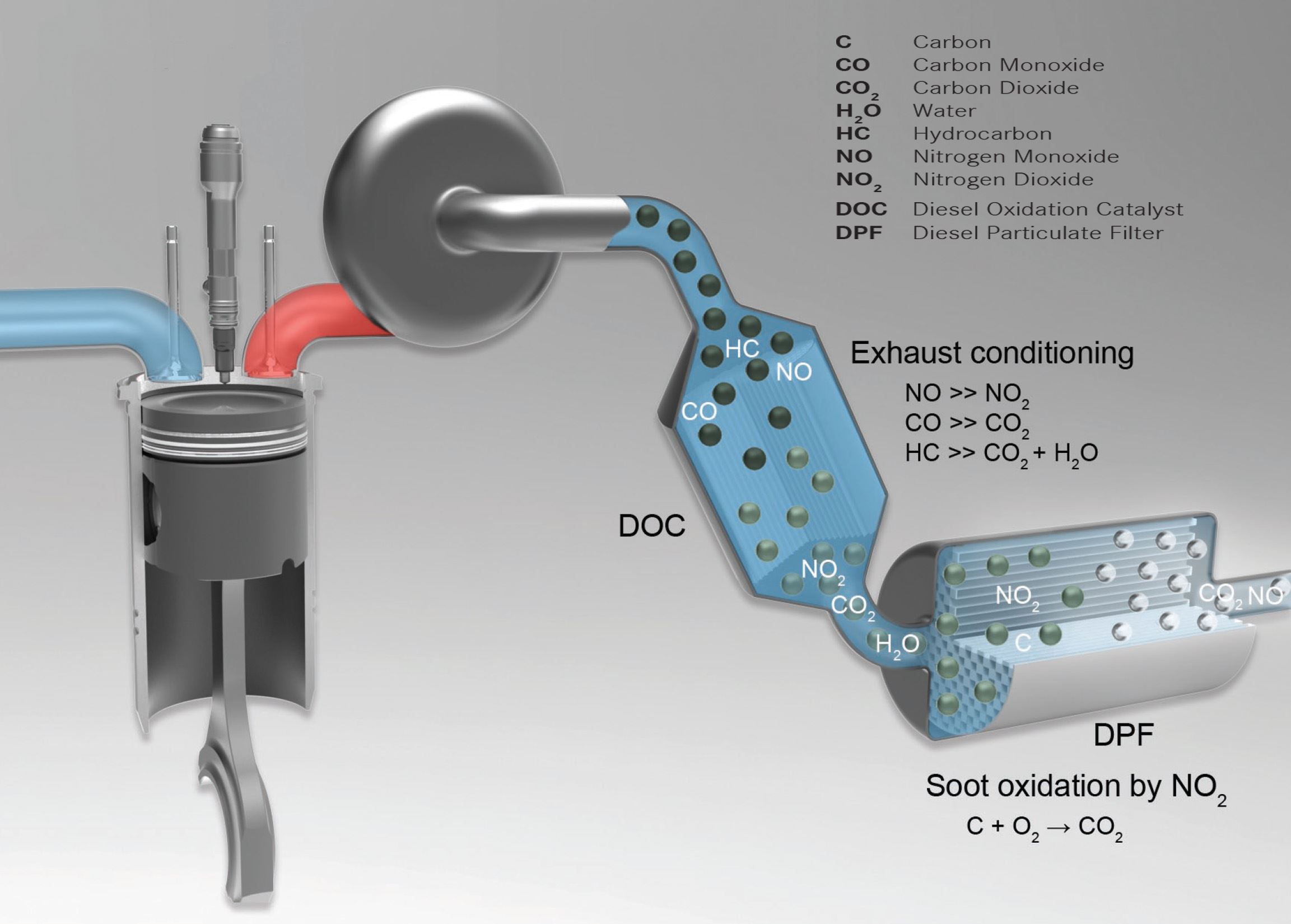


This can be very misleading for comparing the friction levels between different engines and for the design efforts of reducing the engine mechanical friction. When the pumping work is a positive gain, if it were included in the definition of the engine friction work, the total engine friction could be completely offset to zero or even a positive gain. However, the engine delta P can be either positive or negative, depending on turbine area and turbocharger efficiency. The latter part is always a loss or dissipation work due to the air flow restrictions through the valves and other restrictive orifices/ducts.

The pumping work consists of two parts: the part due to engine delta P, and the part related to engine volumetric efficiency, as analyzed in the air system theory in Chapter 4. The pumping work can be either a positive quantity (i.e., a pumping ‘gain’) or a negative quantity (i.e., a pumping ‘loss’). It is difficult to define pumping work in two-stroke engines due to the lack of these two pumping strokes. In four-stroke engines, the pumping work is defined as the work in the exhaust and intake strokes. Unlike the definition used by other authors which includes pumping work as part of the total engine friction, the pumping work is not defined as part of the friction work in this book for the following reasons:


 0 kommentar(er)
0 kommentar(er)
